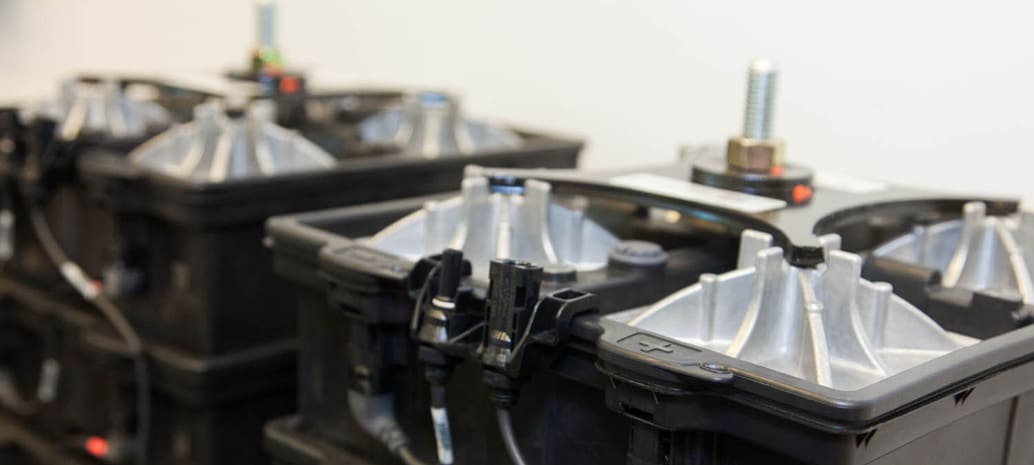The adults have spoken.
In contrast to the U.S. House of Representative’s proposal to cut the 2019 budget for both renewable energy programs and advanced energy research – not to mention President Trump’s call for eliminating agencies entirely, the U.S. Senate’s budget committee has produced a measured funding proposal for these programs under the U.S. Department of Energy.
Like the House version the U.S. Senate Committee on Appropriations’ bill would still increase funding for fossil fuel R&D, but only marginally. It also calls for the same level of funding for the Office of Energy Efficiency and Renewable Energy (EERE) as 2018 at $2.3 billion, as well as a 6.5% increase in the budget for the Advanced Research Projects Agency-Energy (ARPA-E) to $375 million.
President Trump has proposed sharp cuts to EERE and eliminating ARPA-E entirely. The less extreme House bill called for a 10% cut to EERE and 8% to ARPA-E. The final House and Senate versions will need to be combined, in a messy process of negotiations.
As in previous years, the House and Senate appear to be largely ignoring President Trump’s radical proposals. A previous budget proposal was slammed by the Senate Subcommittee on Energy as “unrealistic,” and the Republican-controlled House and Senate increased funding for both EERE and ARPA-E in a supplemental funding bill in March.
Senate prioritizes EVs, batteries
Beyond the top-line numbers, the budget bills show the thinking among the leadership of both branches of the U.S. Congress. The House called for $175 million in funding for a new Office of Electricity Delivery, with a focus on battery technologies, and the Senate has also prioritized batteries, within the context of electric vehicles (EVs).
The Senate budget bill proposes a nearly three-fold increase in the budget for vehicle technologies under EERE to $337 million. A baseline of at least $163 million, or nearly half, would go to lower the cost of batteries across light-, medium- and heavy-duty vehicles, including funding for battery processing science, advanced battery chemistries, materials research, and modeling and simulation of battery performance.
Appropriations also mentioned its support for R&D to lower the cost of batteries for electric vehicles through cobalt-free materials and roll-to-roll manufacturing, the former being a nod to concerns about sourcing cobalt for lithium-ion batteries, as roughly half the world’s cobalt production comes from the Democratic Republic of Congo.
This content is protected by copyright and may not be reused. If you want to cooperate with us and would like to reuse some of our content, please contact: editors@pv-magazine.com.









By submitting this form you agree to pv magazine using your data for the purposes of publishing your comment.
Your personal data will only be disclosed or otherwise transmitted to third parties for the purposes of spam filtering or if this is necessary for technical maintenance of the website. Any other transfer to third parties will not take place unless this is justified on the basis of applicable data protection regulations or if pv magazine is legally obliged to do so.
You may revoke this consent at any time with effect for the future, in which case your personal data will be deleted immediately. Otherwise, your data will be deleted if pv magazine has processed your request or the purpose of data storage is fulfilled.
Further information on data privacy can be found in our Data Protection Policy.